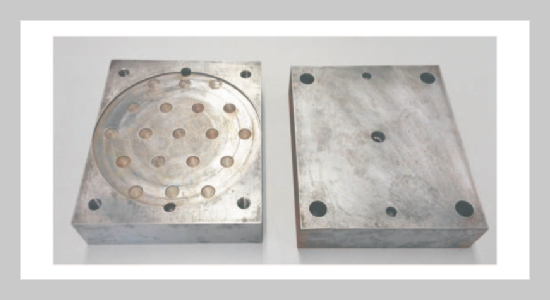Chun-Hua Sun This email address is being protected from spambots. You need JavaScript enabled to view it.1, Jian-Hong Du1, Guang-Qing Shang1 and Hong-Bing Wang1 1Department of Mechanic and Electronic Engineering, Suzhou Vocational University, Suzhou 215104, P.R. China
Received:
April 17, 2015
Accepted:
September 21, 2015
Publication Date:
December 1, 2015
Download Citation:
||https://doi.org/10.6180/jase.2015.18.4.04
To expand the use scope of the well-known cymbal, two new integral arrayed cymbal harvesters are proposed. Similar to some cymbals in electrical parallel, the two harvesters are made up some piezoelectric disks sandwiched between two metal endcaps. On the endcap, many dome-shaped cavities corresponding to the PZT disks are evenly stamped. The only difference between the two harvesters is that there are some punched-holes on the metal endcaps of the second one. The experiment for testing electromechanical performances of the two harvesters is done at various frequencies and resistive loads. According to the experimental results, higher open voltage can be excited with the two harvesters at low frequency over a wide range. Moreover, the second one with punched-holes is more available for harvesting energy at lower frequency over a wider range and matches lower resistive load. One piece of the second harvester can obtain the maximum output power of 1.25 mW across 45 kΩ. The simulation via the finite element method shows the validity of the applied experiment scheme. This reveals that the presented harvesters can be used as an alternative of effective tools for harvesting vibration energy under low frequency environment.ABSTRACT
Keywords:
Piezoelectric Effect, Energy Harvesting, Cymbal, Integral Arrayed, Finite Element Analysis
REFERENCES
















